It was once as synonymous with Lowcountry culture as Spanish moss and a cornerstone in the history of Palmetto Bluff. And yet, the building material known as tabby seemingly disappeared rapidly from our landscape and our memory.
The mix of lime, water, sand, oyster shells, and ash went from a signature design feature of Lowcountry settlers in the 1700s and 1800s to an architectural mystery. Thanks to the efforts of archeological sleuths, we are only now beginning to realize the crucial role this material played in the evolution of Beaufort County communities.
“It is amazing how a material can go from plentiful just 250 years ago to eluding even the area’s greatest historical scholars as recent as 40 years ago,” said architect Colin Brooker, one of the “detectives” responsible for literally unearthing the origin story behind tabby—its ingenious anatomy and engineering as well as its inevitable limitations.
Brooker has become one of the world’s leading experts on tabby design and history over the past three decades, but this career specialty began out of necessity.
He and his wife, fellow architect Jane, took on the rescue and restoration of Beaufort’s storied Elizabeth Barnwell Gough House in 1976 that Brooker and his team soon found to be full of tabby.
“We discovered this building material that I knew very little about and I quickly realized very few others knew about tabby,” Brooker said. “If we were going to properly restore the magnificence of this house, I was going to need to know all I could uncover. That’s what set me down this maddening path of discovery I have been on for the past three-plus decades. And what I have found is that the creation of tabby is brilliant, really. It’s as simple as making the most of what those early settlers had available to them and turning it into a stunning design element.”
Brooker and others discovered that tabby was a recipe concocted out of convenience and abundance around the pre-Civil War Lowcountry in the early 1700s. All the materials were found in Beaufort and the coastal region. The lime was made by burning down oyster shells readily available thanks to acres upon acres of middens, piles of shells from Native American kitchen waste.
But who had the genius idea of combining these materials? Variations of the rammed-earth construction technique date back to Roman times, and tabby structures have been traced as far back as the tenth century and later to Spanish military installations in the late 1500s and to the Gullah culture of West Africa that migrated to the South Carolina coast.
Historians speculate that the science and specificity of Lowcountry tabby was discovered when the British stormed St. Augustine and stole it from the Spanish at the turn of the 18th century.
Tabby quickly became a go-to material and technique for area builders, as settlers discovered the mix to be more durable than wood, which deteriorated much quicker in the humid climate. Soon, tabby went from a fresh concept to a cultural mainstay and sociological status symbol of Charleston, Beaufort, and Bluffton homes of the 1700s. Researchers including Palmetto Bluff archeologist Dr. Mary Socci have documented the rise and heyday of tabby at the Bluff, including William McKimmey’s Octagon House, one of the newborn United States’ first architectural marvels built in 1796.


Whereas stone and brick were rare and expensive and the work of highly trained masons, making tabby was an arduous but simple enterprise. Enslaved people quickly picked up the process of mixing tabby and building tabby structures. Gathering materials took time, and while the recipe was difficult to perfect, the mixture was made quickly and in mass. Builders found it easy to work with and found multiple uses in the construction process—molds were created for bricks, walls, columns, arches, floors, and even roofs.
“The early molds were two feet tall, so if you wanted height, that became labor intensive,” Brooker said. “And the floors became rough and wore quickly, so they needed replacing every 10 years. We’ve seen eight, nine layers of flooring in some ruins. To replace it, they just poured on top of the old layer.”
The hallmarks that made tabby so advantageous also led to its near extinction. Newly freed people dispersed around the Southeast after the Civil War, and as the once-abundant oyster shell middens were depleted, a newly manufactured material, Portland cement, became the go-to construction material by the 1870s.
That material was later added to the tabby recipe, creating a stronger, more moisture-resistant mixture that led to a tabby construction revival from the late 1800s through 1930. But unlike the earlier styles named after legends such as Oglethorpe and Spalding, the later-period homes so prevalent along Georgia’s Golden Isles, Sea Islands, and the Lowcountry coast were often lacking in long-term durability, as Brooker and others have discovered.
“We found they were using a premade lime mix, often shipped in, and many of the ruins we’ve discovered used ocean shells. The builders did not wash the salt away from these shells, and that made the tabby a far less durable disaster waiting to happen,” said Brooker, whose latest tabby archeological endeavors are being detailed in his book, The Shell Builders, from the University of South Carolina Press.
After 1930, tabby went from a cultural staple to a relic.
“It wasn’t any one thing that made tabby construction go away,” Brooker said. “It was just very labor intensive to do right and there was an exact science behind the recipe, and so newer technologies and mass-production methods became the norm. It has been stunning to see how little was historically documented about tabby, but that has made the hunt for knowledge and documenting that pursuit all the more of a preoccupation for folks like myself.”
Today, Beaufort County is home to the most discovered tabby ruins in the world. Here at Palmetto Bluff, the forefather work of those such as McKimmey is honored throughout, especially in the homes of Moreland Village—where builders were able to replicate the original tabby effect for foundation walls and accent features such as fireplaces, porches, and bowling alley cladding.


As for detectives such as Socci and Brooker, the mystery continues to be pieced together, one discovery at a time. Brooker said his phone is ringing constantly with new discoveries, both statewide in coastal communities in Georgia, Florida, Alabama, and Texas to farther-flung locales such as the Bahamas and Morocco.
“It is a beautiful and mysterious material,” Brooker said. “In my profession, it is told that architects don’t retire, they just die. The work is never done, the fascination and that thirst for discovery never subsides, and truth be told, I’m no different when it comes to tabby.”
The Enduring Story of Tabby originally appeared in the Fall/Winter 2020 edition of the bluff.
%GALLERY%

The Conservancy is looking forward to another summer of fun with our upcoming kid's programs! Wild Child Camp and Junior Naturalist Camp will have dedicated weeks in June. Registration is $200 per child for the week. To participate, parents must fill out t...

Photographs by Summer Pagatpatan Palmetto Bluff is a wilderness playground for families, a gateway to the outdoors, to living life close to nature. Palmetto Bluff Growing Outdoors, or PBGO, encompasses the ethos of this extraordinary place. CampGO is PBGO’...
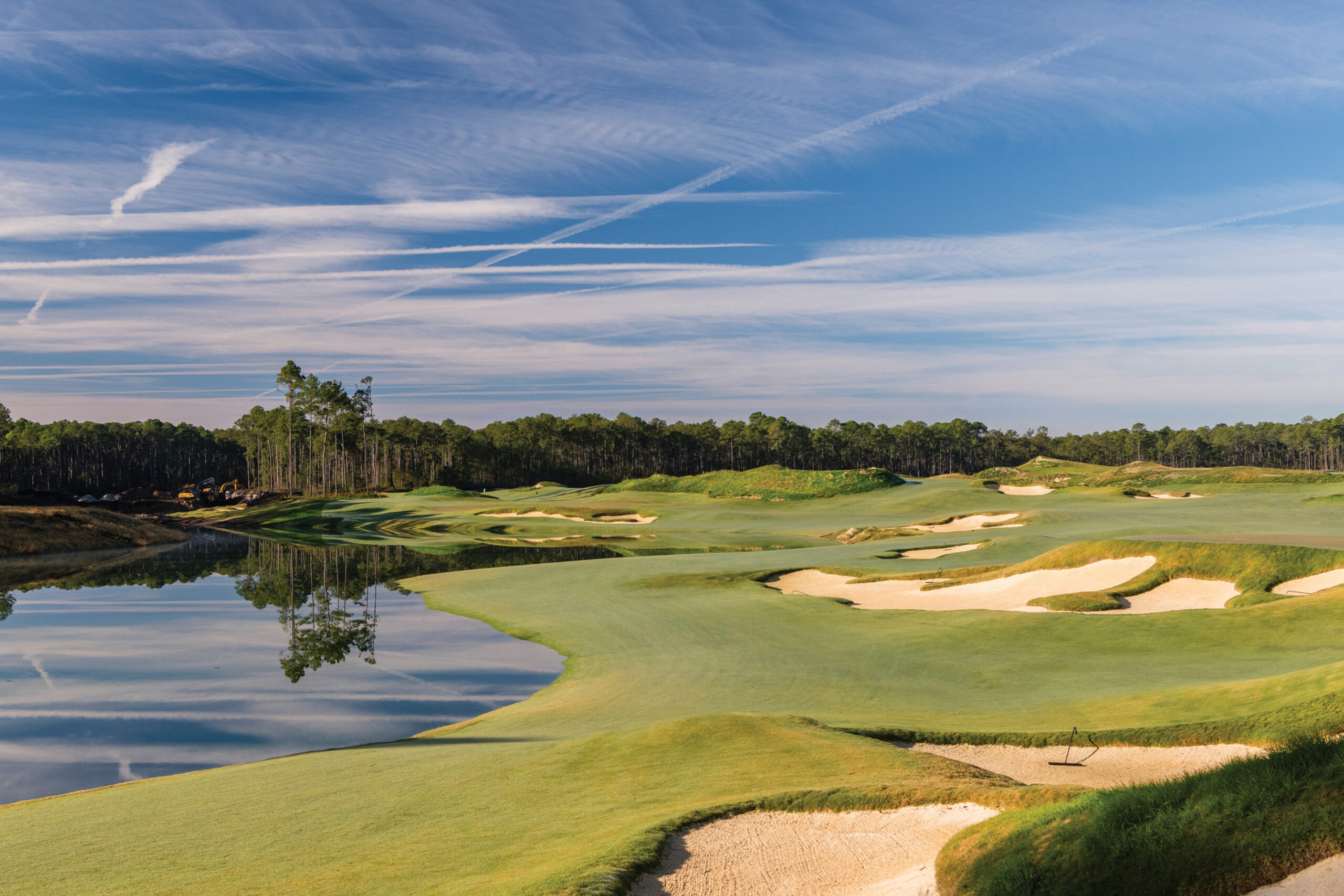
Discover the May River and Crossroads Golf Courses at Palmetto Bluff Positioned within the enchanting Lowcountry landscape, Palmetto Bluff boasts an array of world-class amenities, with its golf courses standing as a testament to the community's commitment to...
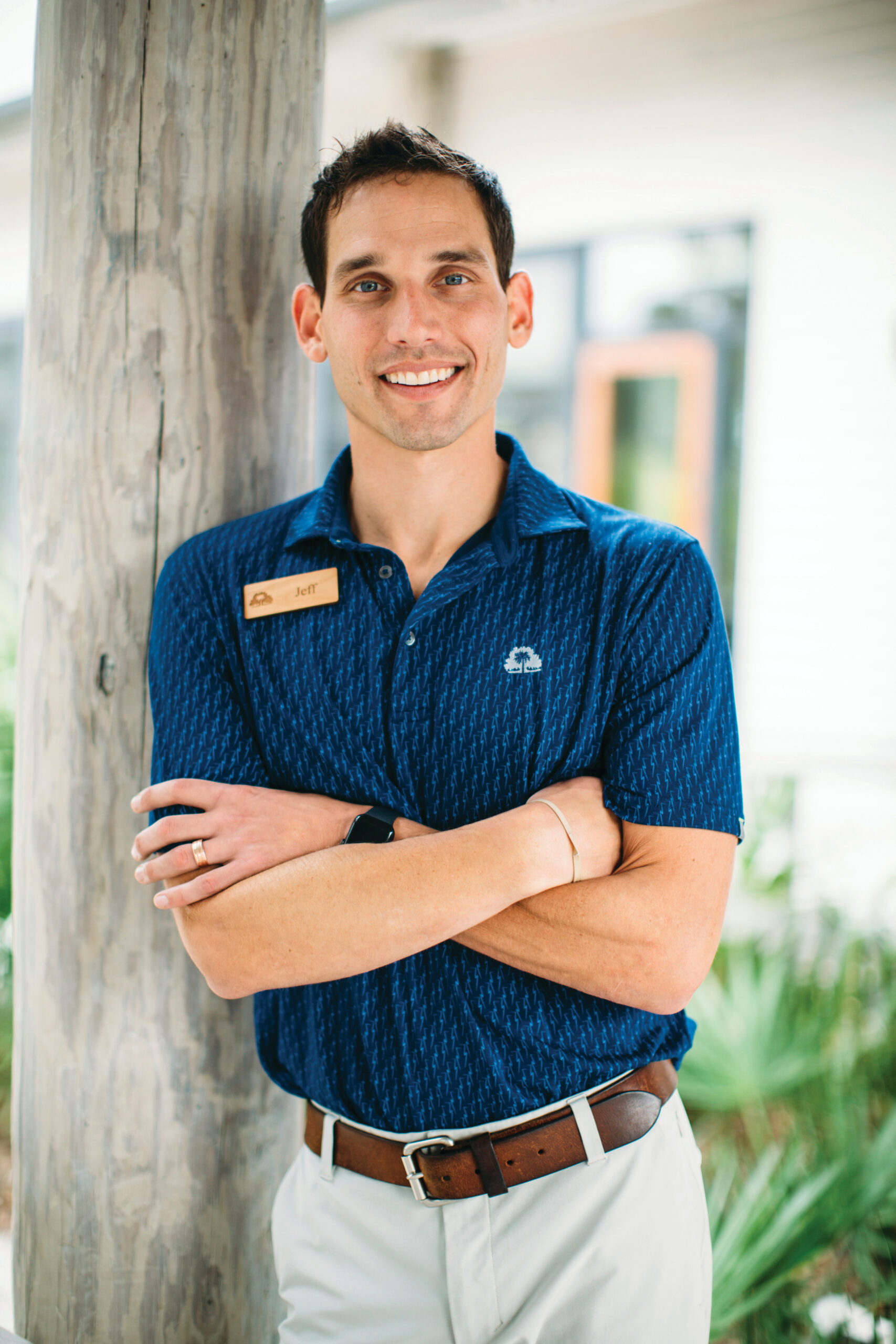
Jeff’s Journey to the Palmetto Bluff Fitness and Wellness Team Palmetto Bluff is located amidst the serene landscapes of the Lowcountry, a tranquil haven where wellness intertwines seamlessly with nature's splendor. Jeff Ford, the Palmetto Bluff Club's Direct...
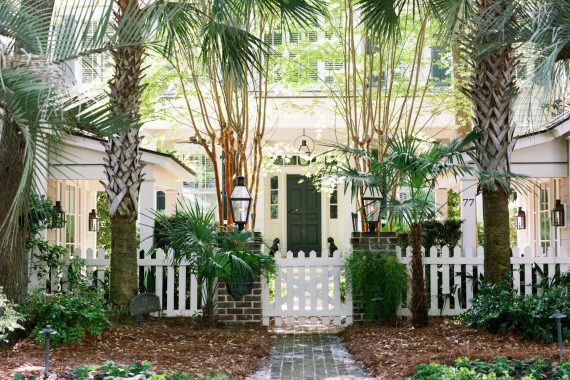
5 Benefits of Living in South Carolina Known for its charming small towns, pristine coastline, and natural beauty, the South Carolina Lowcountry is one of the most popular places to live. The Lowcountry is a unique and desirable place to live, offering an arr...
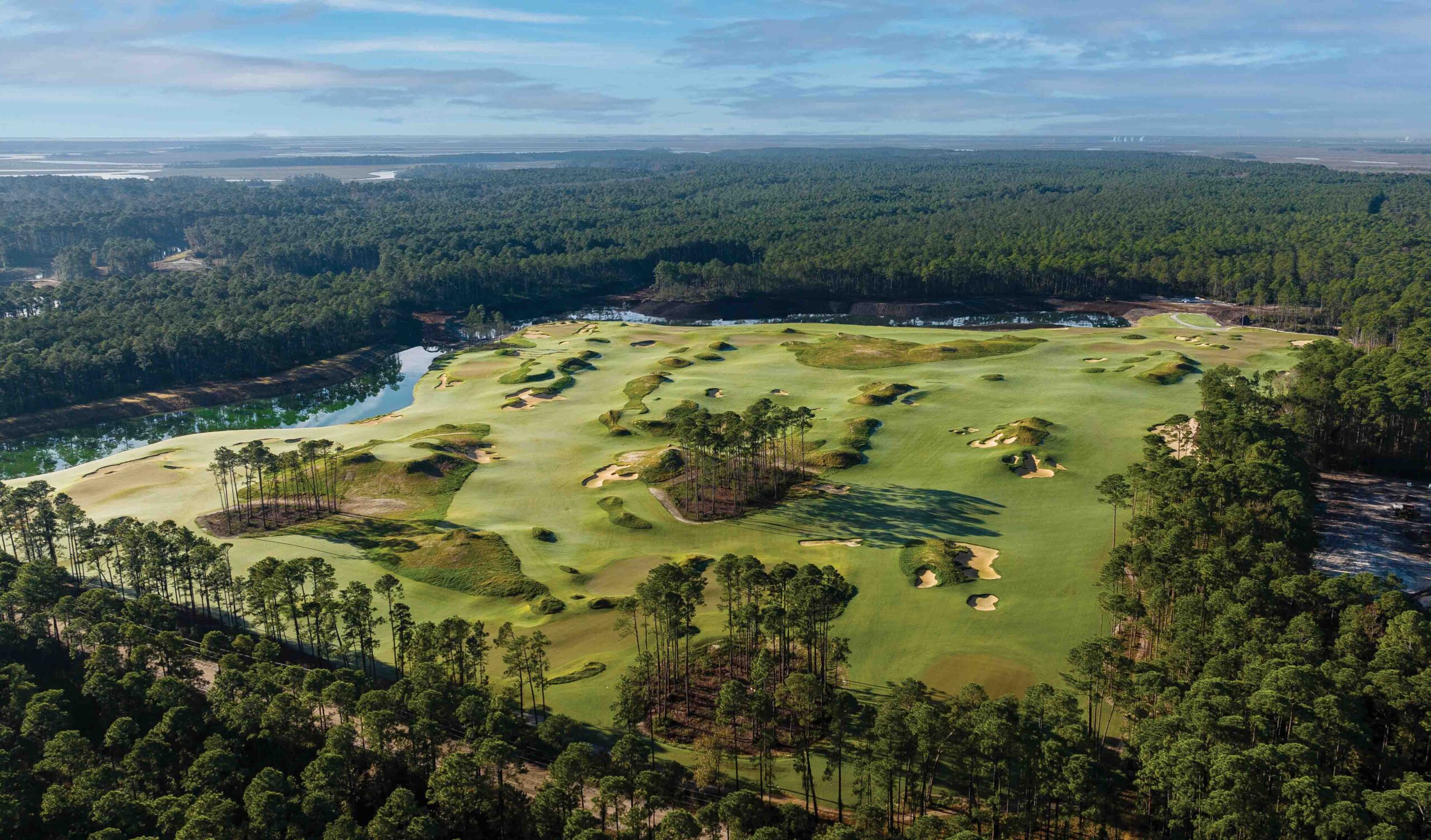
Photographs by Patrick O’Brien Words by Rob Collins Designer Rob Collins of King-Collins offers a first look at Crossroads, Palmetto Bluff’s new nine-hole reversible golf course. It is a feat of design. One routing, The Hammer, is a whirlwind of angles and u...
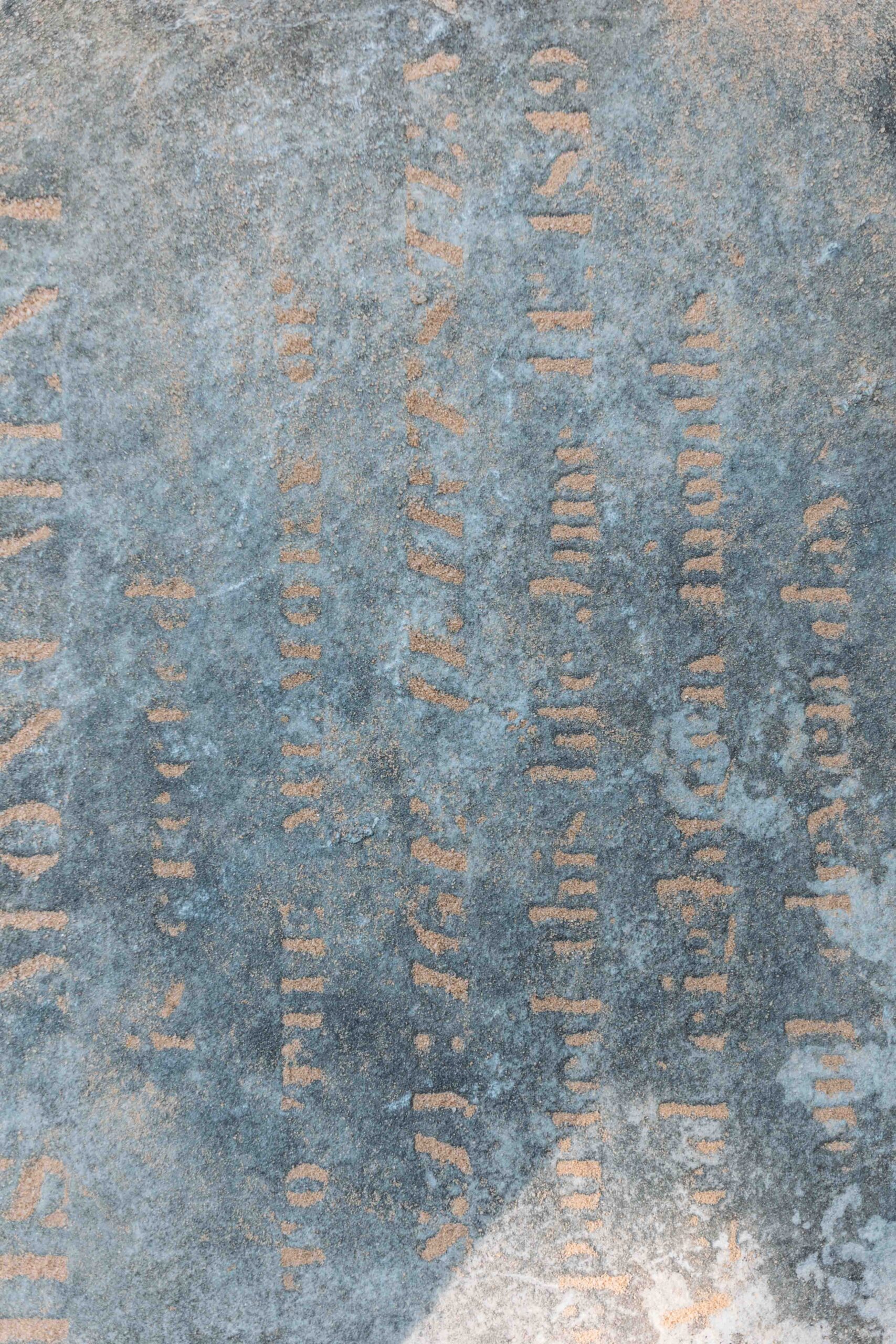
Story by Katie Epps Photographs by Joel Caldwell Beneath Palmetto Bluff’s sprawling oaks lie twelve cemeteries that serve as the final resting places for hundreds of people and nine dogs. Five of these cemeteries were started as burial grounds for enslaved...

Putting Down Strong Roots The Grove seamlessly combines curated style with courtyard living, welcoming the lush beauty of the Lowcountry at every doorstep. With twelve homesites meticulously designed to maximize outdoor living, Palmetto Bluff Builders offer...

How did you meet? Shayne: Jason and I both attended the University of Southern California. We met through our mutual friend Mike, a USC connection. I was always very captivated by Jason, his wit and charm. Jason: Shayne’s first job in college was working ...
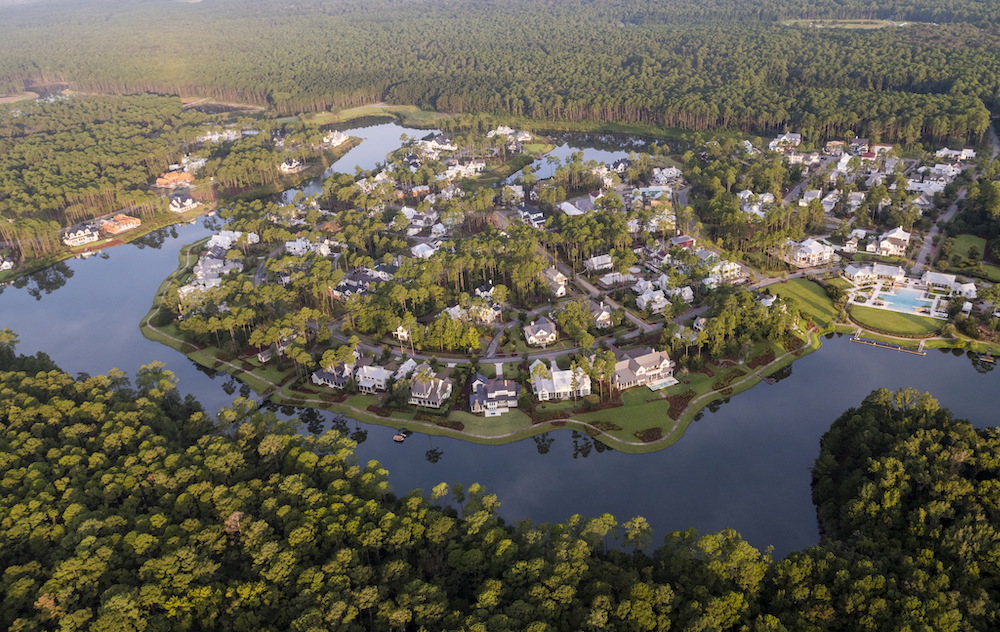
Create Lasting Habits With These 6 Palmetto Bluff Activities As the new year sets in, many of us find ourselves determined to stick to those resolutions we set just a few weeks ago. Whether it's getting fit, staying active, or embracing a healthier lifestyle,...

Learn about the Palmetto Bluff Conservancy and how we keep the vision of our land in place.
On land or water, there is an ever-evolving variety of activities.
We do not attempt to independently verify the currency, completeness, accuracy or authenticity of the data contained herein. All area measurements and calculations are approximate and should be independently verified. Data may be subject to transcription and transmission errors. Accordingly, the data is provided on an “as is” “as available” basis only and may not reflect all real estate activity in the market”. © [2023] REsides, Inc. All rights reserved. Certain information contained herein is derived from information, which is the licensed property of, and copyrighted by, REsides, Inc.